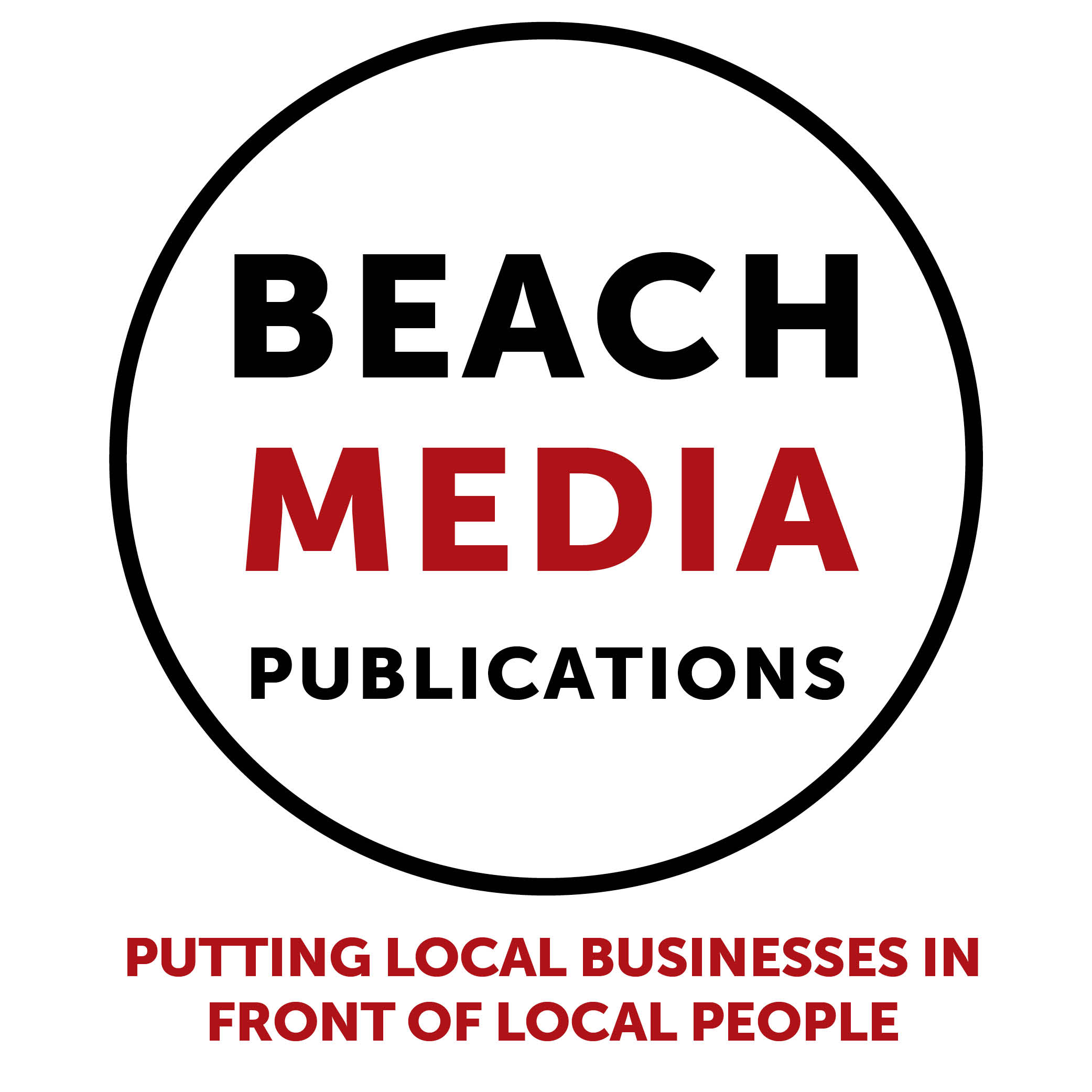Florence, when a city becomes a museum.
Located in the heart of Tuscany, Florence stands as a testament to the enduring legacy of the Renaissance. With its rich history, architecture and amazing art collections, Florence captivates visitors from around the world.
Florence was the birthplace of the Italian Renaissance. Politically, economically, and culturally it was the most important city in Europe for around 250 years.

Dante, Petrarch, and Boccaccio pioneered the use of the vernacular, the use of a language other than Latin. In their case, Tuscan, became Italian. Others started writing in English, French and Spanish. This was the beginning of the end of Latin as a common language throughout Europe.
Florentines were the driving force behind the Age of Discovery. Florentine bankers financed Henry the Navigator and the Portuguese explorers who pioneered the route around Africa to India and the Far East. It was a map drawn by the Florentine Paulo del Pozzo Toscanelli, that Columbus used for his first trip.
Gallileo and other scientists pioneered the study of optics, ballistics, astronomy, anatomy, and so on. Pico della Mirandola, Machiavelli, and many others laid the groundwork for the political science.
And, of course, The Medici (their former residence, Palazzo Vecchio, it is one of the major tourist attractions), perhaps the most important family in History. They changed the world more than any other family. They taught the other Italians and then the rest of the Europeans how to conduct state affairs. One of the family members, Catherine de Medici (1519-1589), married Henry II of France.
Most of the major tourist sights are within easy walking distance of each other. Walking is not only an easy way to get around, it also offers the chance to see the city life.
At the heart of Florence lies the historic Centre. Cobblestone streets take you past magnificent cathedrals, palaces, and piazzas. The crown jewel of Florence’s skyline is the Cathedral of Santa Maria del Fiore, with its dome designed by Filippo Brunelleschi.
Florence’s artistic heritage is unrivalled, thanks in large part to the patronage of the powerful Medici family. The Uffizi Gallery, boasts one of the most extensive collections of Renaissance art in the world. Equally impressive is the Accademia Gallery, home to Michelangelo’s David.
Great places to walk are along the Arno river and across any of its bridges; through narrow, medieval streets in the Santa Croce and in the Oltrarno area. It’s also worth going to Piazza Santo Spirito, a less busy area where the locals go for a drink.
The culinary scene is worth a special mention as it would easily match the historical attractions. From ribollita, a traditional Tuscan soup, to bistecca alla fiorentina, a Florentine steak.
My final tip, as Florence is busy all year around, get up early before the shops open, so you can enjoy the city at its best. And I can promise, you will be travelling back in time.
To get there: London airports run regular scheduled flights
To get around: Please walk :))
For more information: www.visitflorence.com
Article by Bernardo Calero / bcalero43@hotmail.com

